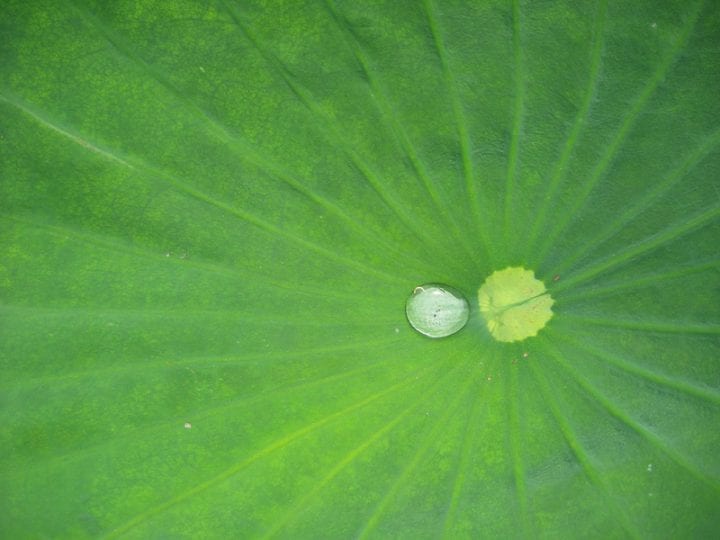Design Cycle Award - Middle School
UN Sustainable Development Goals Addressed
-

Goal 13: Climate Action
2021 Youth Design Challenge
This design concept was developed by participants in the Institute’s Youth Design Challenge. The descriptions below are from the team’s competition entry materials.
School: The Knowledge Society
Location: Vancouver, BC, Canada
Coach: Steven ten Holder
Team members: Klara Zietlow, Meera Singhal
Video Pitch

Innovation Details
In cold weather, wind turbine blades can become coated in ice build up, which negatively affects their performance and can even damage the turbine. Inspired by mint and lotus leaves, this team came up with a solution that could prevent drag-inducing frost from building up on wind turbine blades, thereby improving their efficiency and reliability in cold climates, without the use of chemical deicing agents. Frost Safe Wind Turbines is a proposal to retrofit existing turbines by laser-engraving the blades with a pattern that mimics the texture of mint leaves, which resist ice build up. An additional hydrophobic coating, inspired by lotus leaves, would repel water to further inhibit ice and frost formation.
What is the problem addressed for this Challenge and how is it related to climate change?
Energy is the leading contributor to global greenhouse gas emissions. We do have renewable energy options such as wind energy, but the reason these only account for 11% of energy production is they aren’t as reliable as fossil fuels. For example, in winter frost can form on wind turbine blades which creates drag, reducing their efficiency. Icy weather also means that turbines must shut down so as to prevent damage. Reduced frost on wind turbines would result in more use of wind power because they would be more reliable.
What does this design solution do? How does it solve and improve a problem?
The idea is to laser-engrave the blades of wind turbines as they come out of the factory, then coat them with a waxy, hydrophobic substance. This solution prevents frost from forming on the wind turbines blades allowing it to perform its selected functions. This solution improves the problem because it increases the wind power through the winter of cold states. While this won’t be able to change existing turbines, the number of wind turbines in use is expected to grow 13% by 2050 so we’ll still have a substantial impact.
How was this solution inspired by nature? What organisms inspired it?
This solution was inspired by different plant organisms such as mint and lotus. Mint prevents frost from forming due to ridges and lotus plants have a bumpy surface with wax crystals making it super hydrophobic. Through case studies and research, the team found that mint is one of the most efficient organisms to fight frost and lotus for getting rid of water. Inspired by this research and the functions of these plants, the team used biomimicry to design a process to prevent wind turbines from frosting over.


